River engineering
[edit] The importance of rivers in the built environment
Many of the world's greatest cities were founded on the banks of rivers. This was to enable their inhabitants to benefit from the opportunities offered by rivers in terms of food, trade and defence.
As well as providing a secure source of water to drink and irrigate crops, rivers provided early settlements with a ready source of nourishment. According to Natural England, the inhabitants of London consumed over 700 million oysters in 1864.
Before railways, which is when many of the world's cities were founded, boats and ships were the only economic means of transporting goods. Cities required efficient trading links to be able to provide for their inhabitants as well as to prosper. In the UK extensive canal networks were built to connect rivers and facilitate trade. The longest is the Grand Union Canal which links the north of Britain to the Thames in London.
Over time, as cities prospered and the use of the railway spread, the population's connections with rivers declined. Rising populations put increasing pressure on land; embankments were built and marshes drained. Rivers were contained, sometimes channelled underground. As more and more riparian land was claimed for development, urban watercourses were systematically polluted by industry. Many brownfield sites show the legacy of these times.

|
| The wetland bowl was an important element of the waterspace masterplan of the Olympic Park developed by Buro Happold. This brownfield development was designed to provide amenity, improve biodiversity and reduce the area's risk of flooding, with 4,000 homes removed from the local flood envelope following the development. (Image copyright LOCOG) |
[edit] The role of the water engineer
Water engineers work to reverse these negative trends, reclaiming rivers as focal points of recreation, amenity and environmental value. Water engineers help developments understand the likely behaviour of rivers and help design teams reduce the risk of flooding.
The range of their work is outlined below:
[edit] Riverbank protection
This includes:
- Asset appraisals.
- Flood defence.
- Moorings.
- Access.
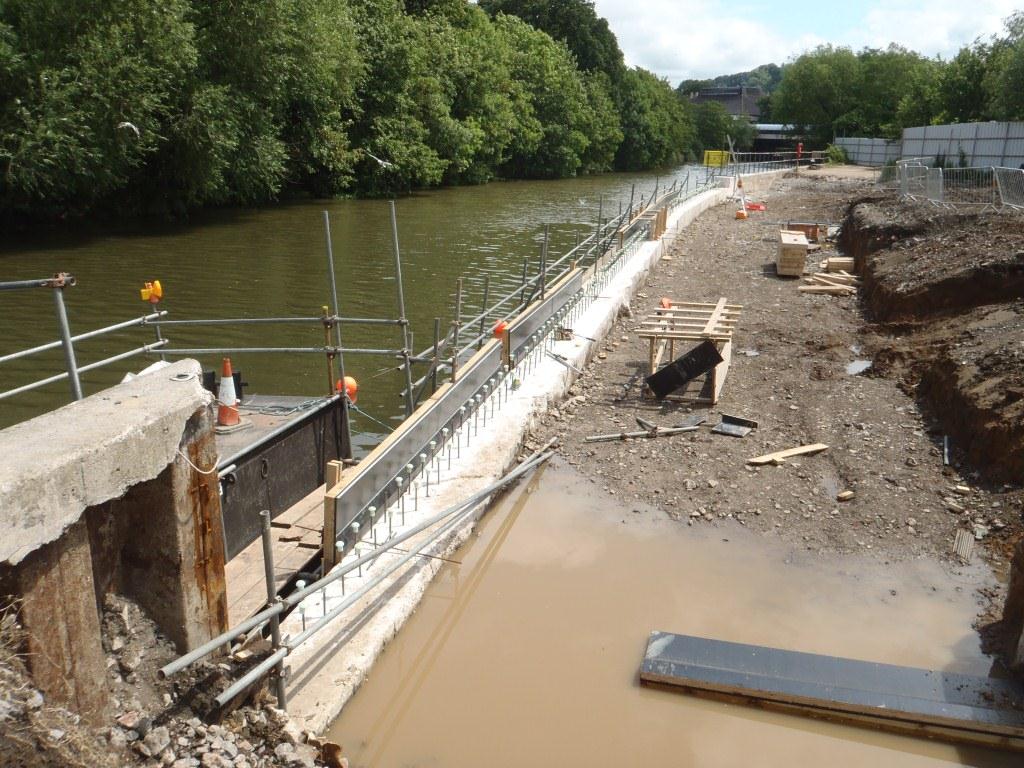
|
| Steel sheet piling on the River Avon. In this project, ground anchors were relocated, surface water outfalls upgraded and moorings provided by timber fenders along the river frontage. Image courtesy Buro Happold. |
Some river edges are undermined by geese eating riparian plants providing banks with their structure while others are at risk because of shipping or lack of maintenance.
[edit] Environmental and ecological enhancements
This may include working with environmentalists and ecologists, for example in the construction and planting of reedbeds.
Reedbeds serve a number of important functions:
- They provide habitats and promote biodiversity
- They offer opportunities for education.
- They act as a water purification measure (at Heathrow Airport reedbeds were included in the scheme to purify water from the runways).
- They provide a visual and recreational amenity.
- They act to slow the flow of water. This action needs to be balanced with the water capacity required to ensure flood risk does not increase. It may be necessary to widen a river at the point at which the reedbed is created to offset its slowing effect.
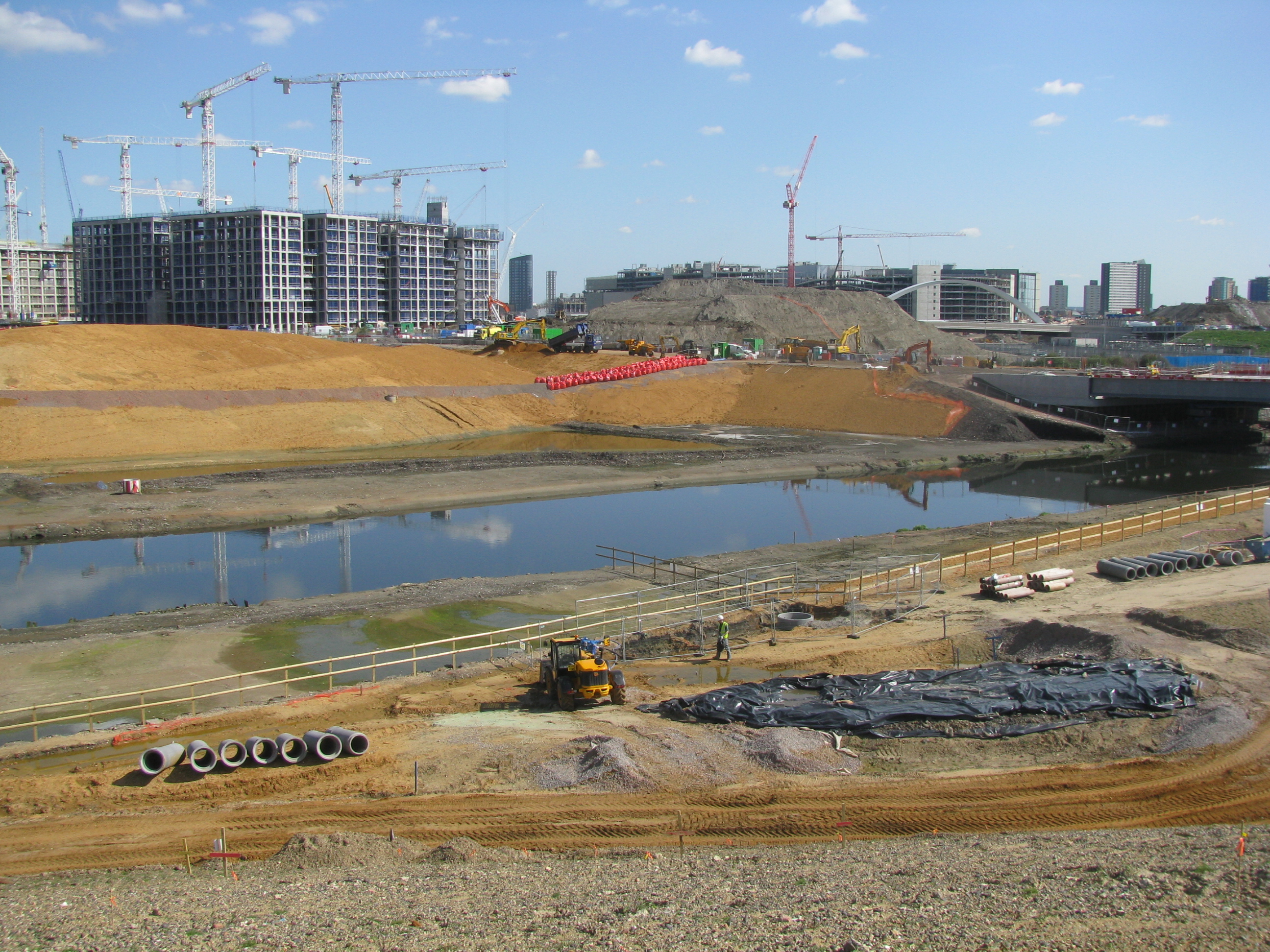
|
| The wetland bowl was an important element of the waterspace masterplan of the Olympic Park. The site under construction makes it clear how the river wall is stepped down and the surrounding area sculpted to hold water following a rainfall event further up the catchment of the River Lea. |
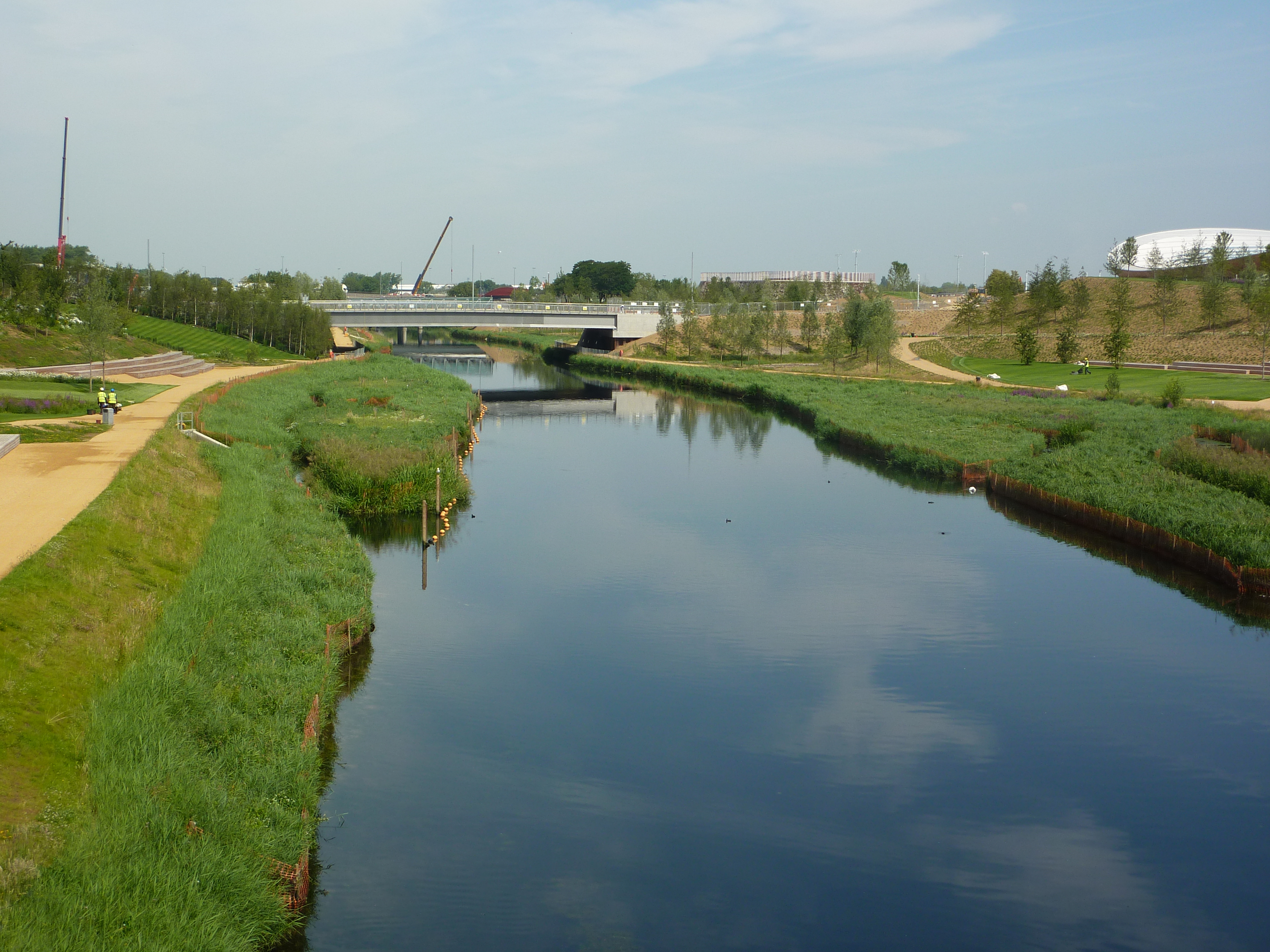
|
| Once the wetlands had been planted with reedbeds the enhancement for local biodiversity and amenity is clear. Image copyright Alex Harvie. |
[edit] Canals
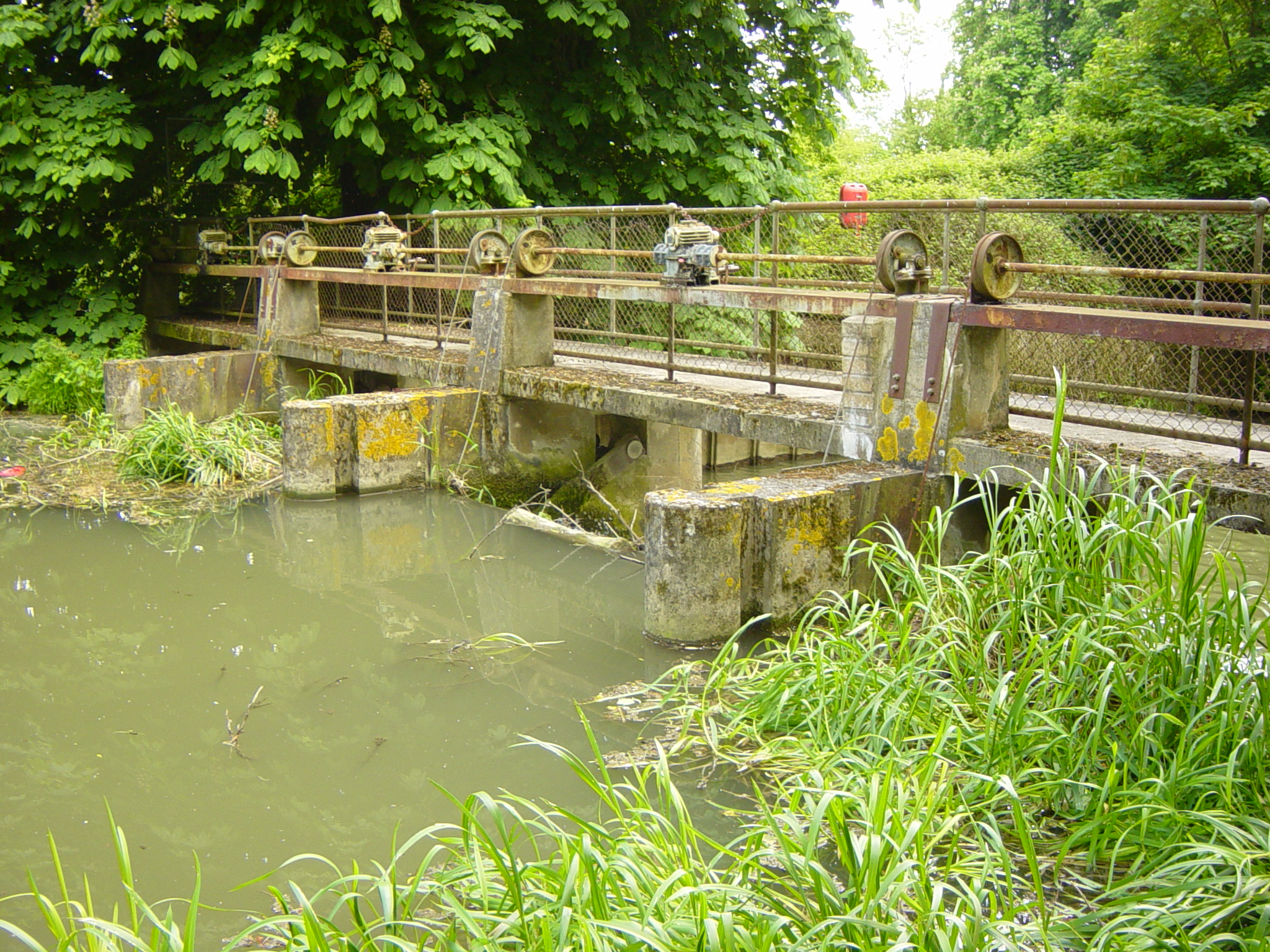
|
| Sluice gate on a canal. |
Canals are human-made channels that have been used throughout history for water conveyance (supply), or to service water transport vehicles.
Canals use engineered structures such as:
- Weirs and dams: To raise river water levels to usable depths.
- Looping descents: To create a longer and gentler channel around a stretch of rapids or falls.
- Locks: So that ships and barges can ascend and descend.
The two types of canal are waterways and aqueducts. Aqueducts are water supply canals used for transporting potable water for human or agriculture consumption. Waterways are used for carrying vehicles transporting goods and people. They can be connected either:
- To existing lakes, rivers, other canals or seas and oceans.
- In a city network: such as the Canal Grande in Venice, the gracht of Amsterdam and the waterways of Bangkok.
Canals can be constructed in different ways:
- A new canal can be created by excavating the body of the canal and providing water from an external source, such as streams or reservoirs.
- Dredging a channel in the bottom of an existing lake which is then drained.
- A stream can be canalised to make its navigable path more predictable and easier to manoeuvre. This involves dredging, damming and modifying its path.
For more information, see How canals work.
[edit] Wadi design

|
| Wadi Hanifa Wetlands in Saudi Arabia, (image copyright Arriyadh Development Authority). |
This 120km long, 4500m2 watershed passes through the capital city of Riyadh. It has been developed into an environmental, recreational and tourism resource following an extensive development. The focus of the masterplan was to restore the Wadi's natural beauty which had been spoilt by decades of unfettered dumping and development. The Wadi had also suffered from seasonal flooding every 5-10 years and works improved its flood performance booth in terms of flood and dry weather flow performance, channel conveyance and water quality remediation and scour protection.
[edit] Level control structures
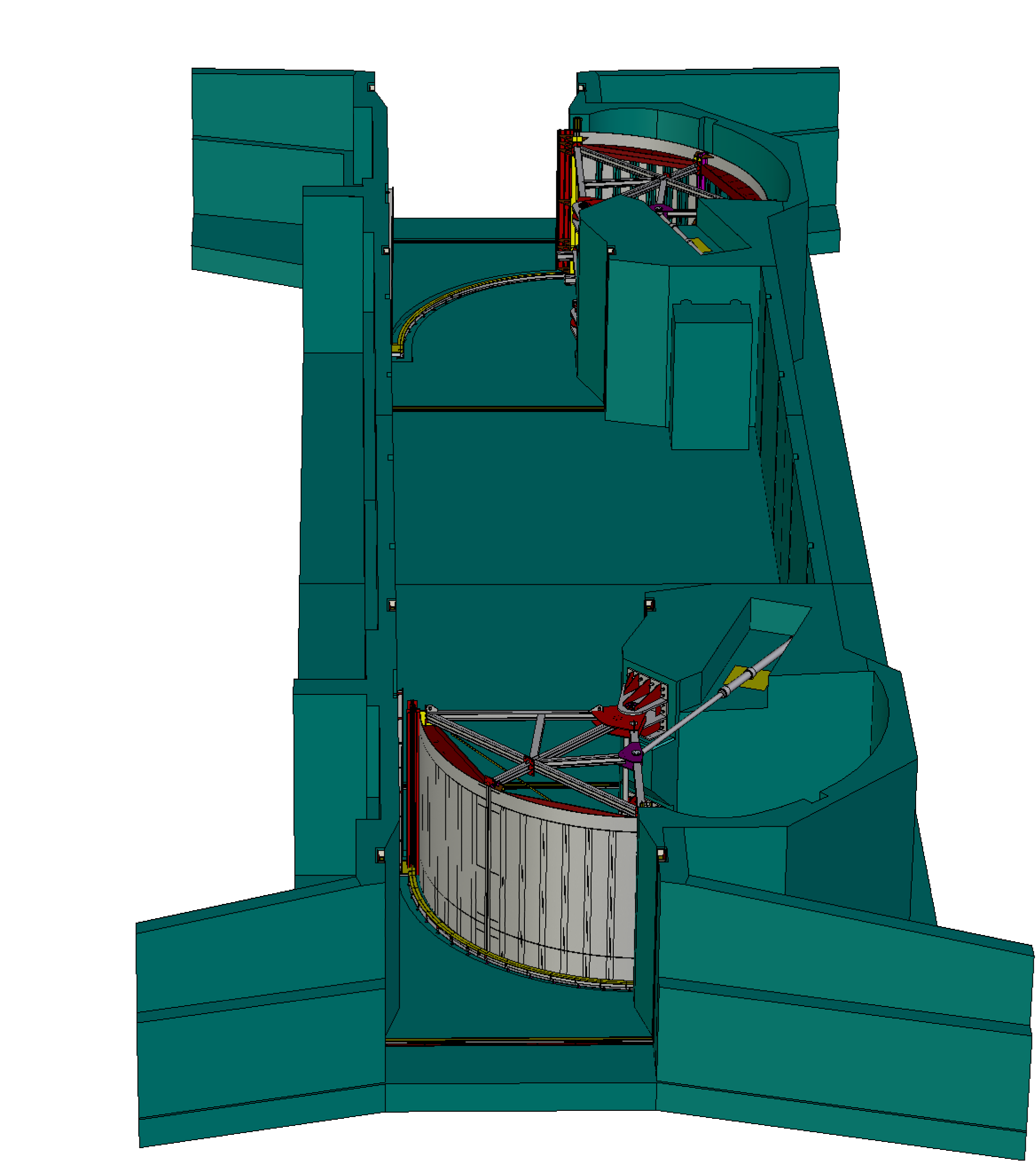
|
| A 3D image showing a lock gate with curved doors and a hydraulic control mechanism. Image copyright Buro Happold Water Group. |
The work water engineers undertake on level control structures includes:
- Spillway design.
- Weirs.
- Gates.
- Larger structures like tidal barriers. For example, as part of the development work on the Olympic Park, water engineers designed and installed Three Mills Lock to make the upper part of the Lower Lea Valley non tidal. This was undertaken to enable navigation without the constraint of the tidal window and to improve water quality. By closing off the potential for outfall from The Becton Sewage Treatment Plant at Lea Bridge Sluice, contaminated water could no longer rise up the river on the high tide, depleting oxygen reserves in the water body and killing fish.
[edit]
This includes:
- Dredging works.
- Ship impact protection.
- Camp-shedding.
- Jetties.
- Locks.
- Canals.
- Transportation strategies.
[edit] Waterspace masterplans
This includes developing strategic masterplans to balance competing needs such as commerce, waterfront, navigation, environment, education, amenity and recreation.
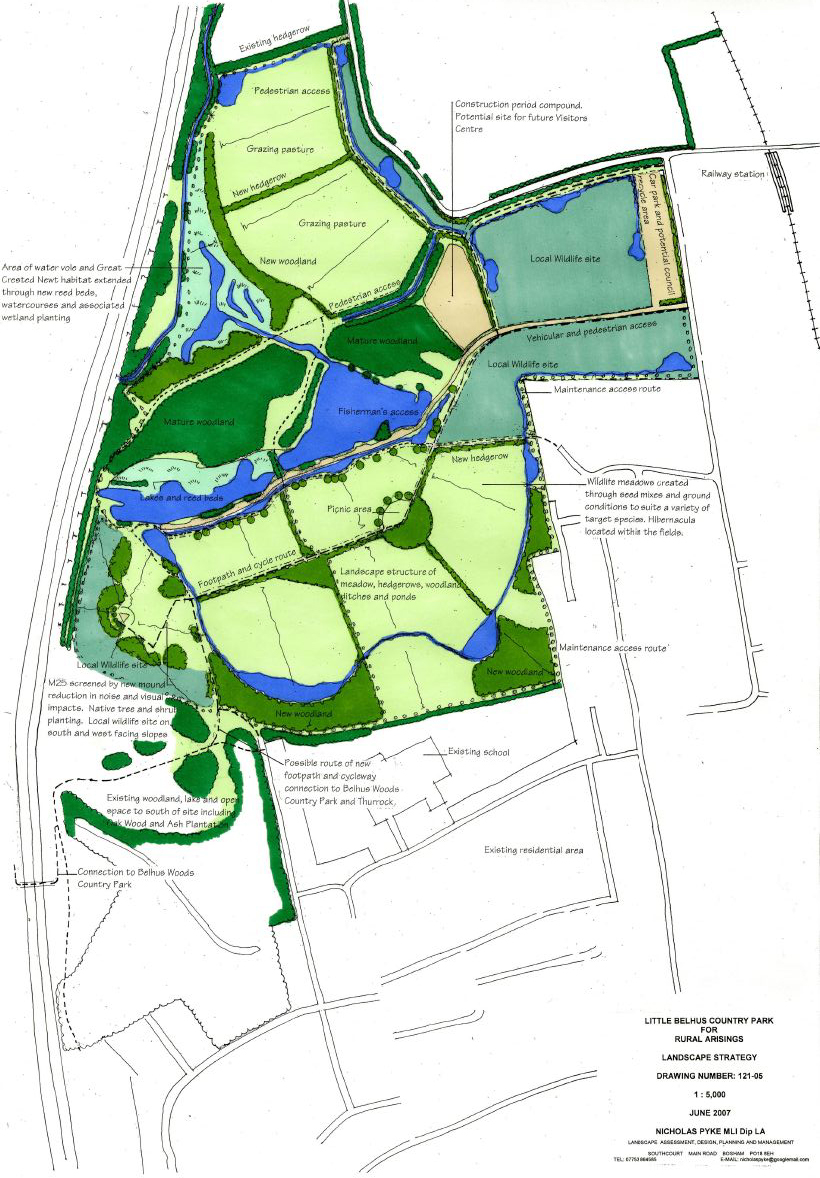
|
| A waterspace masterplan by Buro Happold for Little Belhus. |
[edit] Stakeholder consultation
On most construction projects, and particularly on those which involve water, there are a number of stakeholders, consultees and other third party groups. These include:
- Land owners or developer companies undertaking works on behalf of a land owner.
- Stakeholders - the Environment Agency, The Marine Management Organisation, groups like the Port of London Authority (PLA) on the River Thames , River and Canal Trust.
- The environmental bodies such as Natural England (formerly called English Nature), conservation groups, bird watchers.
- Restoration groups and other local bodies such as canoe groups.
All these groups have valid and vested interests in river and coastal projects. The biggest cause of problems in the consultation of water engineering projects is late or insufficient communication with stakeholder groups. This may be caused by a lack of understanding on the part of the client team.
For example, many clients are not aware of the range of roles undertaken by the Environment Agency. A client may have a positive meeting with one team (eg ecology) without realising they need to hold separate talks with other parts of the organisation (eg flood risk).
It is always better to connect with stakeholders early and to be open about plans so there is time to establish relationships and build mutual trust.
[edit] Related articles on Designing Buildings
- Anisotropic.
- Aqueduct.
- Barrage.
- Bascule bridge.
- Bridge construction.
- Caisson.
- Channel.
- Coastal defences.
- Cofferdam.
- Controlled waters.
- Dam construction.
- Difference between cofferdams and caissons.
- Dissolved oxygen.
- Dredging.
- Dual purpose reservoirs.
- Dyke.
- Flood.
- Flood and water management act.
- Flood insurance.
- Flood risk.
- Geotechnical engineering.
- Groundwater control.
- Groundwater control in urban areas.
- Grouting in civil engineering.
- How canals work.
- Hydrogeology.
- Inflow.
- John Rennie.
- Land reclamation.
- Levee.
- Navigable aqueduct.
- Passive water efficiency measures.
- Pontoon bridge.
- Retractable bridge.
- River continuity.
- Scour.
- Sewer construction.
- Smart cities.
- Swing bridge.
- Thames barrier.
- Three pieces of infrastructure that have saved lives.
- Underwater foundations.
- Water conservation.
- Water consumption.
- Watercourse.
- Water engineering.
- Water framework directive.
- Trading systems for water resources.
- Water engineer.
- Water transfers and interconnections.
- Waterway.
Featured articles and news
Infrastructure that connect the physical and digital domains.
Harnessing robotics and AI in challenging environments
The key to nuclear decommissioning and fusion engineering.
BSRIA announces Lisa Ashworth as new CEO
Tasked with furthering BSRIA’s impressive growth ambitions.
Public buildings get half a million energy efficiency boost
£557 million to switch to cleaner heating and save on energy.
CIOB launches pre-election manifesto
Outlining potential future policies for the next government.
Grenfell Tower Inquiry announcement
Phase 2 hearings come to a close and the final report due in September.
Progress from Parts L, F and O: A whitepaper, one year on.
A replicated study to understand the opinion of practitioners.
ECA announces new president 2024
Electrical engineer and business leader Stuart Smith.
A distinct type of countryside that should be celebrated.
Should Part O be extended to existing buildings?
EAC brands heatwave adaptation a missed opportunity.
Definition of Statutory in workplace and facilities management
Established by IWFM, BESA, CIBSE and BSRIA.
Tackling the transition from traditional heating systems
59% lack the necessary information and confidence to switch.
The general election and the construction industry
As PM, Rishi Sunak announces July 4 date for an election.
Eco apprenticeships continue help grow green workforce
A year after being recognised at the King's coronation.
Permitted development rights for agricultural buildings
The changes coming into effect as of May 21, 2024.





















